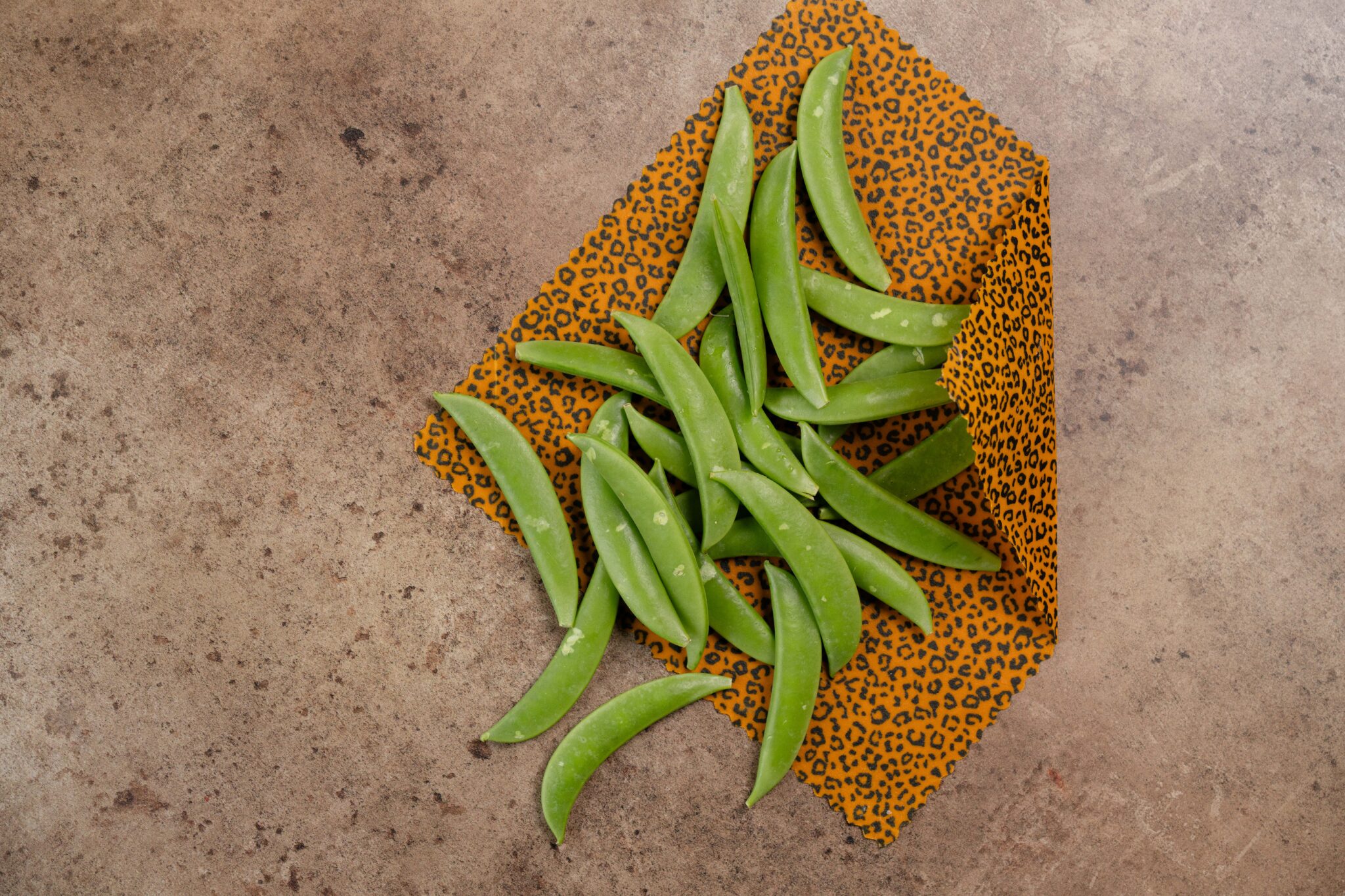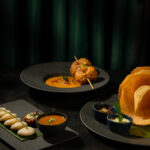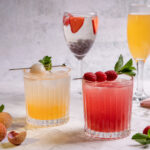
What is passive space in food Photography?
Passive space technique is the same as that of negative space which allows managing the food in a better way. It means being in an inactive space around the main subject. It means it complements the main subject in a subtle way. In this topic we have mentioned in detail about passive space.
When we look at the shots of dishes or our favorite food item it looks mouth-watering but how does this happen? Well, certain techniques are used to get the best shot. It is the experience and memories that help in strengthening the link with food photography. The subtle yet powerful design and composition is something which makes a lot of difference.
One of the techniques is negative space which not only creates the main product to stand out but it looks more appealing.
Negative space
Most of the photographers are aware of the negative space which is linked with neutral, white, or empty space within the image. Reasons to opt for negative space are:
- Emphasize the main subject
- Create harmonious and interesting compositions
- Add scale, context, and shapes a story
Importance of Passive space
- Passive space is something that every food photographer in London is using. This concept is akin (similar) to negative space which means around the main subject space is empty.
- Inactive space means not taking part in competing with the main subject based on its size, shape, contrast, or color but in a subtle way completing the main subject.
- Passive space can be something like within the shot bowl is placed without any distraction or simply keeping the linen. This way it helps the overall subject to be present in a better way and focus on the colors, textures, and shape.
Creating Passive space
Here we are not saying that one is better than others but you need to think upon how you can create the elements looks attractive by taking the different shots as food photography. To create the shot look powerful and interesting you can try some of the given examples:
Top Examples
- Neutral linens, or ruffled linen background with the addition of texture but the shot needs to be passive.
- Neutral or white bowls or plates.
- Glass jars. Add some water for extra interest
- Outside the frame shadows from props are sitting
- Cutting boards, neutral placements, trays, paper or even newspaper
- Silverware or neutral cutlery
The textured background will help in attracting more customers when the large apertures are blurred. If any point you feel like you are facing a problem or something is not giving you the best shot then you should take the help of professionals for better understanding.


